Mujaddid IOS Centre for Arts and Literature organises discussion on “Madrasas and their system of education”
Mujaddid IOS Centre for Arts and Literature organises discussion on “Madrasas and their system of education”
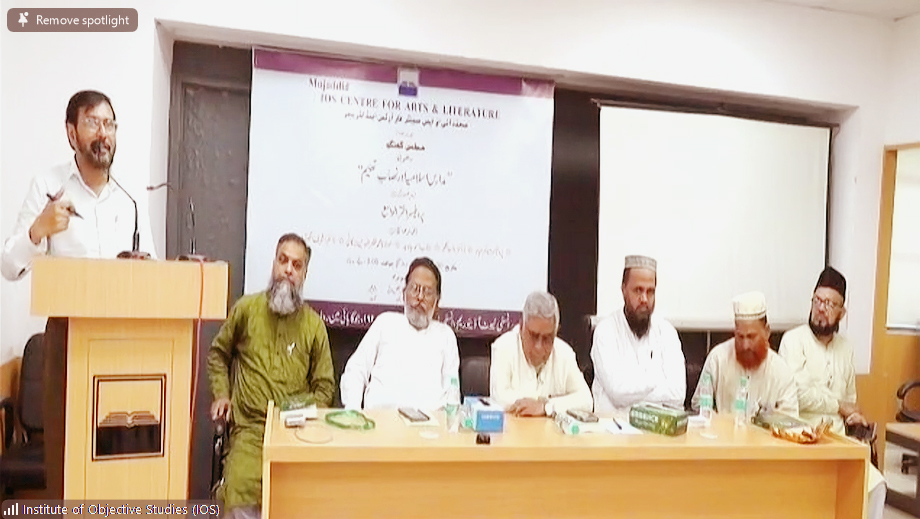
New Delhi: A panel discussion on ‘Madrasas and their system of education’ was organised by the Mujaddid IOS Centre for Arts and Literature on August 30, 2025.
The discussion began with the recitation of a verse from the Holy Qur’an by Mr. Mansoor Ahmad of the Institute.
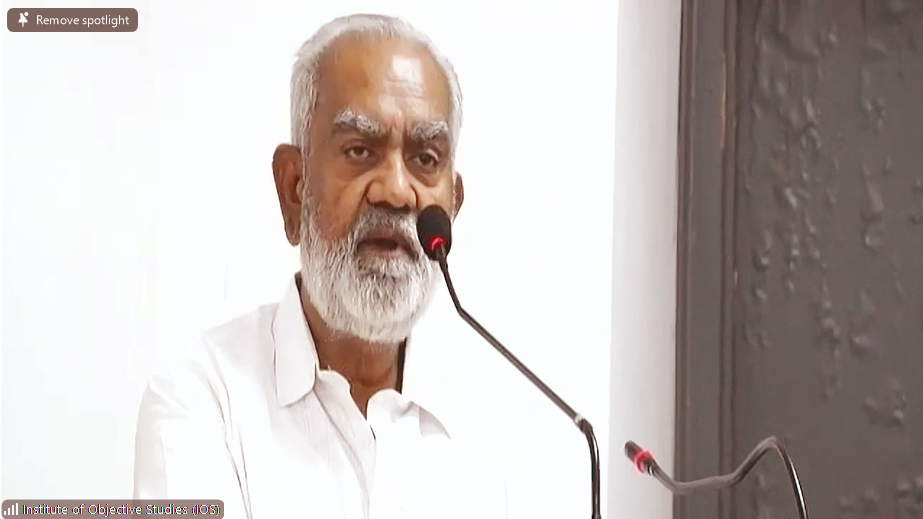
In his introductory remarks, Convenor of the Mujaddid IOS Centre for Arts and Literature, Mr. Anjum Naim, said that the Centre organised several programmes on the problems faced by Urdu teaching in the recent past. It was a matter of concern that Urdu had been constantly given a raw deal by successive governments. This resulted in the total neglect of the language. To make the matters worse, action was being taken against the madrasas.
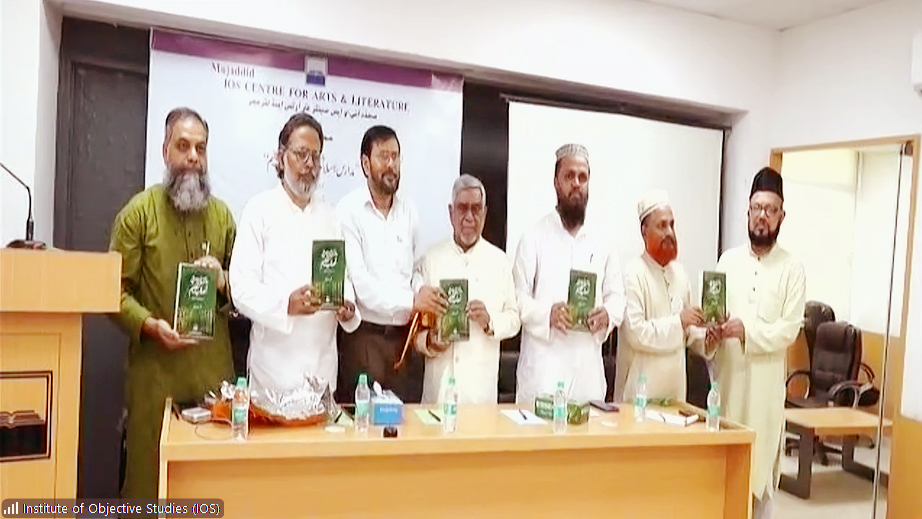
Senior Urdu journalist and writer, Mr. Ahmad Javed’s book on the madrasas and their curriculum, ‘An objective study of Madrasa system of education’, published by the IOS was released by the professor emeritus, department of Islamic Studies, Jamia Millia Islamia, Prof. Akhtarul Wasey on the occasion. Speaking about his book, he said that all the madrasas did not have a uniform syllabus. Madrasas of Deoband, Mubarakpur and Hyderabad had different curricula. He laid emphasis on elementary education, which was indeed very important. He said that the fact of the matter was that the madrasas did not take interest in elementary education. He held that the madrasas in Kerala and Tamil Nadu were included among the madrasas in his study. He referred to a scholar of Kashmir who wrote a 1000-page book on the madrasas. Besides, Markazi Jamiat Ahle Hadith Hind published a book listing the number of madrasas. Currently, the number of recognised madrasas stood at 4400. Under the Universal Elementary Education (UEE), out of 60,000 madrasas, 50,000 were imparting elementary education to students. Most of these madrasas had resources to impart education. The percentage of enrolment of students in madrasas was a paltry 4 per cent. He laid stress on need for adopting a meticulous planning and strategy. “Our fight for the survival of madrasa education should be democratic. It is regrettable that we do not give elementary education to our children. Big madrasas had resources but most of the madrasas were in a state of neglect due to lack of resource”, he said.
Mr. Ahmad Javed observed that Al-Falah schools had rich resources. Similarly, madrasas in Kerala and Tamil Nadu were financially very sound. He said that in all 28 madrasa curricula had been collected in his book. He found that the madrasas in Kerala had standard syllabus. He felt the need for the community to prepare its own curriculum. He also said that the curriculum should be prepared in the light of new guidelines of the government.
It may be recalled that two books on madrasas were published by the IOS some 18 years ago.
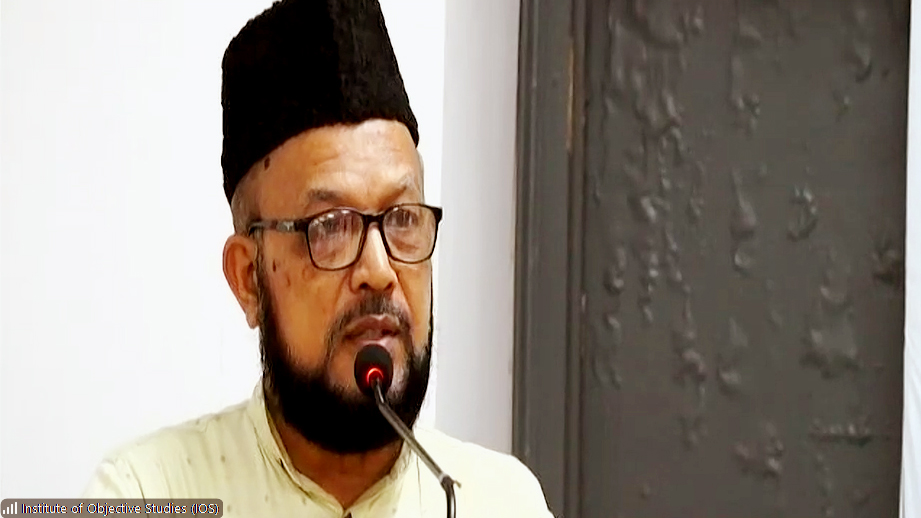
Dr. Md. Irfan Azhari of Jamia Hazrat Nizamuddin, New Delhi, said that his school was imparting elementary education to children. He asked Mr. Ahmad Javed to study the madrasa education system in more detail and suggest improvement. He called for including philosophy and logic in the curriculum. New changes should be introduced in Madaris-e-Arabia. He insisted that the basic knowledge of Fiqh should not be changed. Instead, other subjects could be changed, he held. Maulana Zafaruddin Barkati noted that in 2001 Jamia Mubarkpur (UP) made some changes in Dars-e-Nizami. Earlier, Urdu was being taught through Persian. About 27 books of Dars-e-Nizami were changed. Dars-e-Nizami was predominated with Fiqh and philosophy.
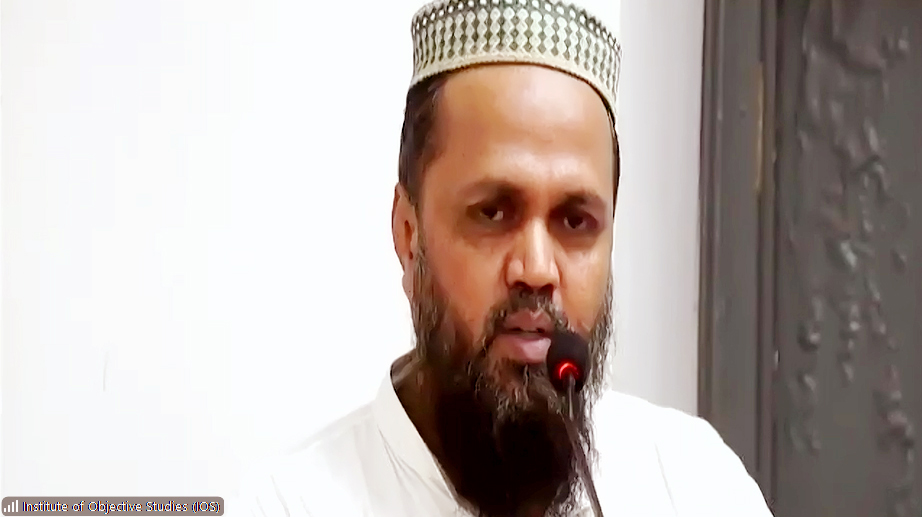
Dr. Ashraful Kausar Misbahi remarked that most of the madrasas were faced with financial and other problems. In the prophetic times, several Sahaba were sent to several countries to learn Hebrew and Persian languages. He said that the government of the day had a close watch on madrasas. Those running the madrasas did not explain the changes made in the syllabus, leading to misunderstanding in official circles. He called for taking into account the target of the madrasas. He suggested that a campaign should be launched by the prominent institutions, like Nadwatul Ulema, Lucknow and Jamia Ashrafiya, Mubarakpur to discuss the improvements carried out by them and clear the misunderstandings. He also appealed to the resourceful Muslims to fund the madrasas.
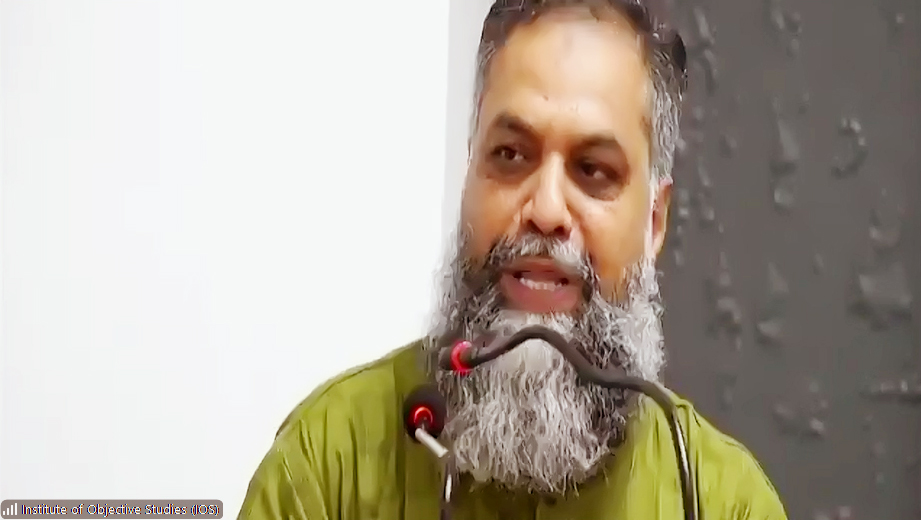
Assistant Professor of Islamic Studies, Jamia Millia Islamia, Dr. Junaid Haris, said that he had been associated with several madrasas and maktabs. He held that while madrasas were teaching text, the universities were focusing on the subject. He held that the Prophet (PBUH) used to speak in the language of the people. He suggested that madrasas would have to take the help of logic to present Islamic philosophy. Instead of debates, discussion should be the means of communication. “We cannot explain our culture without understanding the culture of our country. Maqasid-e-Sharia should be fully implemented.” Besides, law degree was necessary for madrasa students. “Our case is strong but our advocate is weak. On the other hand, their case is weak but their advocate is strong”, he said. He pleaded that up to class 10, there should be the normal syllabus. There were 80 colleges for men and 40 for women in Kerala.
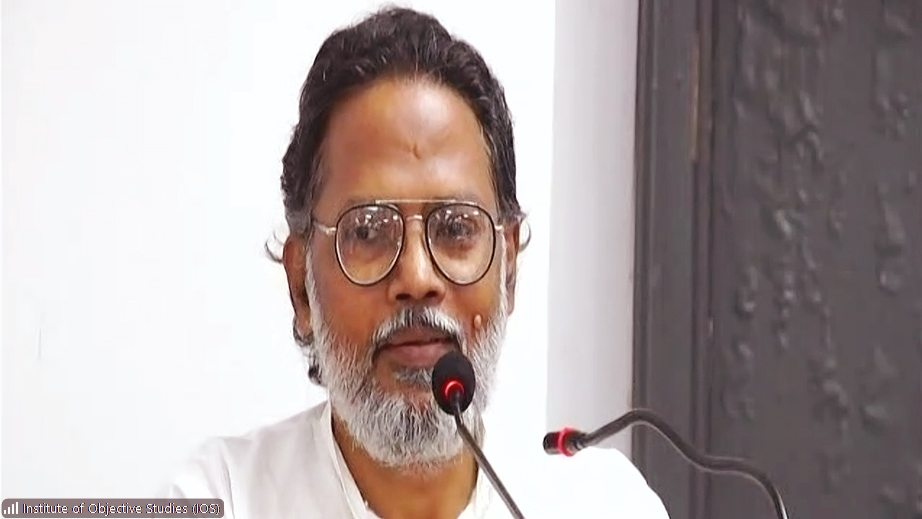
Dr. Wahid Nazeer, assistant professor of education, JMI, held that Ahamd Javed’s approach was very scientific. He started and reached to the final point. He put on much labour on the preparation of the book. Many technical things had been included in the book. Besides, the book was data-based. This book also laid bare his intellectual prowess. He said that there was a difference between Darasiyat and the syllabus. Madrasa education was exemplary because it had Isaar (sacrifice) and Ta’awun (cooperation). He opined that no syllabus could survive if it was not responsive to the needs of the time. He called for making madrasas capable of facing the challenges of modern times.
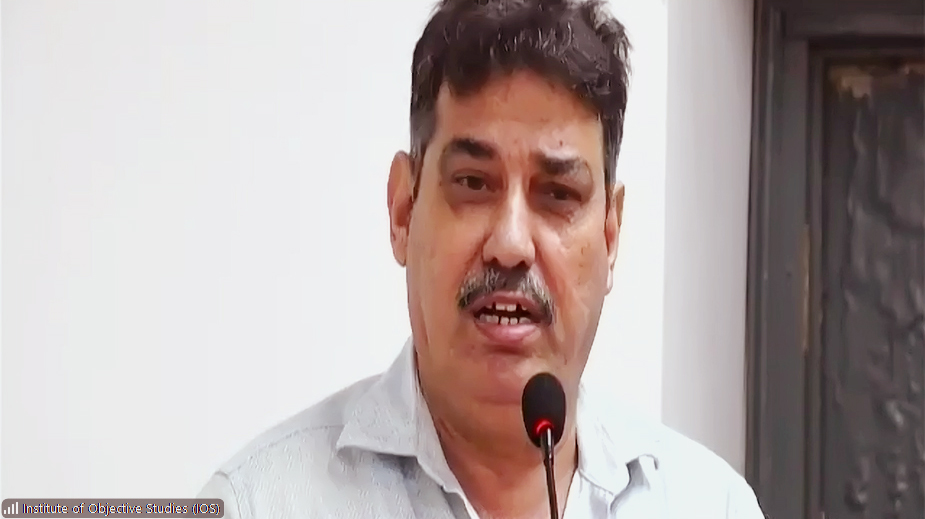
Dr. Shueb Raza of the National Institute of Open Schooling (NIOS) also shared his views.
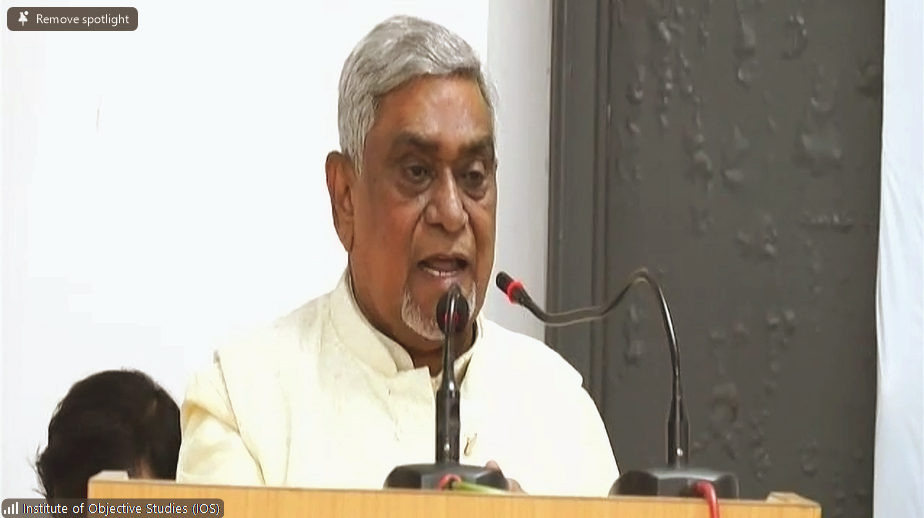
In his presidential remarks, Prof. Akhtarul Wasey, observed that the acceptability of a good thing was determined by the debate on it. He said that he stood by the madrasas. In North, Urdu language survived the vicissitudes of the time due to the madrasas. Madrasas played a key-role in educating the poor Muslims. Thus, there was a need to discuss the contribution of madrasas in the life of Muslims. Today, people were talking of Jadidiyat (modernity). He wanted to know what led to the revolutionisation of syllabus before 1857. When the ulema were defeated by the Britishers, they set themselves to the task of saving the madrasas. They turned to strengthen madrasas after failing to achieve freedom from the yoke of serfdom. The moot question was where the engineers who built Qutub Minar, Taj Mahal, Jama Masjid, etc., came from. There were no IITs and scientific institutions. This was the question which needed to be raised and answered. Why such engineers were not there who were trained by the madrasas, he quipped.
Mr. Anjum Naim presented a vote of thanks to the attendees at the end of the function.
Go Back